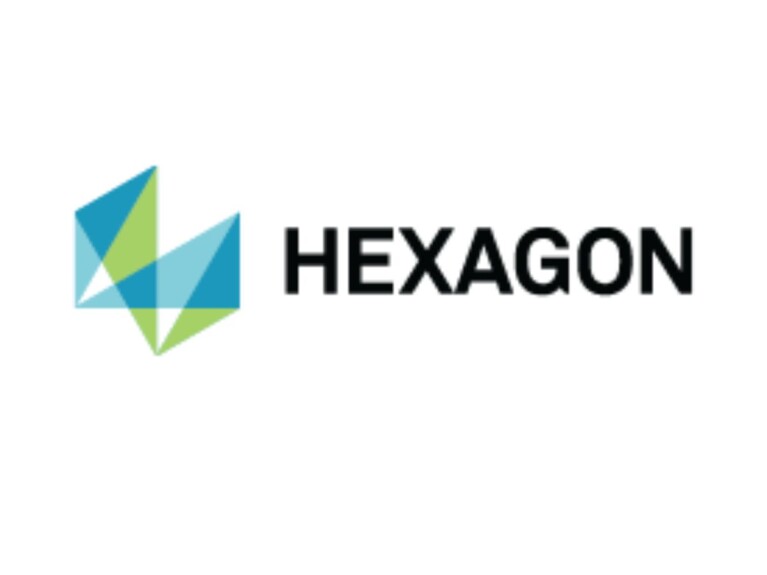Navigating Tariff Turbulence – Implications for the FTTP Broadband Access Equipment Market
Navigating Tariff Turbulence – Implications for the FTTP Broadband Access Equipment Market
While tariff reductions in some regions offer a glimmer of relief, rising tariffs on Chinese imports—and persistently elevated rates overall—are creating significant uncertainty, particularly in the U.S. market. In this week’s Fiber for Breakfast session, Jaimie Lenderman, Research Manager at Omdia, joined Gary Bolton, President and CEO of the Fiber Broadband Association, to explore how trade policies are affecting deployment costs, network expansion plans, and the broader economic outlook for fiber broadband.
Current Situation
Omdia’s latest assessment points to a rapidly evolving landscape. When the firm began its tariff analysis in early April, the situation looked different than it does now. According to Lenderman, “While import tariffs from some countries have been lowered, tariffs on Chinese imports remain high—and overall tariff levels are still well above historical norms.” She explained that these dynamics may have both direct and indirect consequences for the fiber-to-the-premises (FTTP) broadband access equipment market.
Although the FTTP segment is somewhat less exposed to tariff impacts than other sectors, uncertainty is expected to persist. U.S. operators could face limitations in the number of premises passed, especially if higher equipment costs continue.
How Are U.S. FTTP Equipment Vendors Responding?
Omdia’s research shows that many broadband vendors are increasingly targeting the U.S. market, encouraged by funding from the Broadband Equity, Access, and Deployment (BEAD) Program. In response to trade policy shifts, some vendors have relocated production lines to the U.S.—with a few moving all manufacturing domestically, while others have adjusted just enough capacity to serve U.S. demand. Still, reliance on imported subcomponents remains high, raising exposure to tariffs and supply chain risks.
Trickle-Down Effects and Market Uncertainty
“We’re expecting overall equipment pricing to increase, alongside added supply chain uncertainties tied to current and potential trade policy changes,” Lenderman noted. Moving manufacturing to the U.S. has led to higher production costs, which could trickle down through the value chain—from vendors to operators, and ultimately, to subscribers.
There’s no single approach to how vendors are applying tariff-related cost adjustments. “Some won’t adjust pricing until their current inventory is depleted,” Lenderman said. “Once they bring in new stock, they’ll pass on the tariff-related increases.” Lenderman concluded that in the near term, the market may see a slowdown as stakeholders await further clarity on how trade policies will unfold.
Click here to listen to the full episode.
Click here to download the presentation slides.




